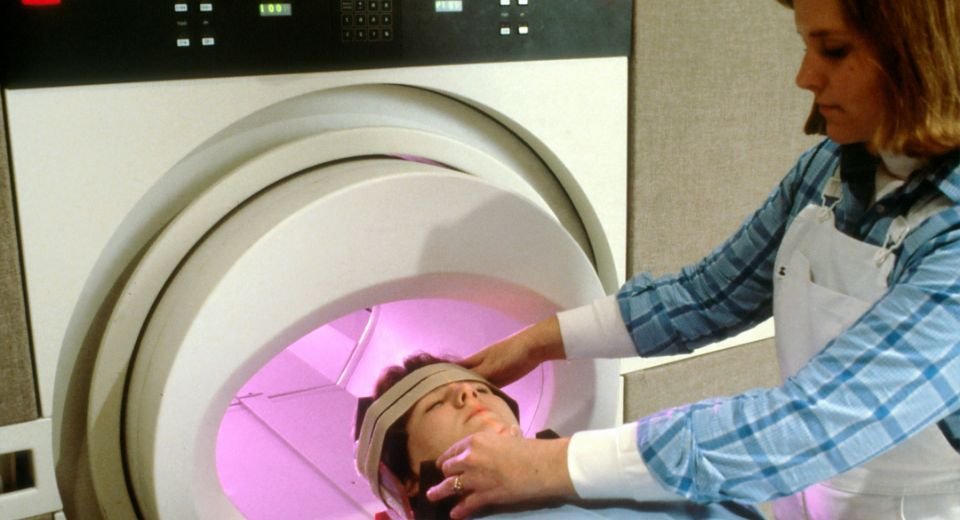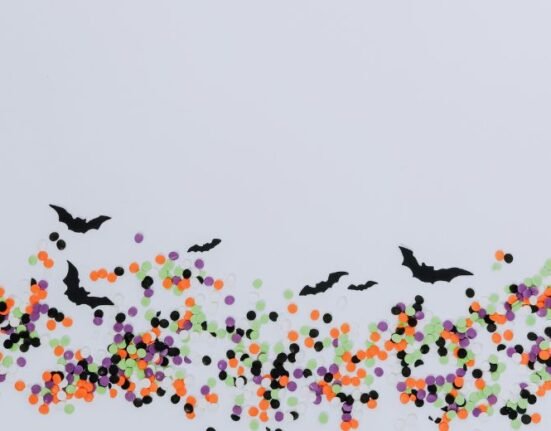HQ Team
March 18, 2023: Neurological conditions affect 3.4 billion people or 43% globally, making them the top contributor to the global disease burden ahead of cardiovascular diseases, according to an analysis.
The Institute for Health Metrics and Evaluation — an independent population health research organization based at the University of Washington School of Medicine — found that 443 million years of healthy life were lost due to illness, disability, and premature deaths in 2021 due to neurological health issues.
The conditions included stroke, neonatal encephalopathy or brain injury, migraine, Alzheimer’s disease and other dementias, and diabetic neuropathy or nerve damage.
A neurological condition is any condition that affects the brain, spinal cord and or nerves, according to The Neurological Alliance, England’s leading coalition of organisations and professional bodies supporting people with neurological problems.
Affect thinking, interaction
Because these systems control your mind and body, neurological conditions can affect the way you think, feel and interact with the world. Neurological conditions can affect anyone at any age.
“Every country now has estimates of their neurological burden based on the best available evidence,” said lead author Dr Jaimie Steinmetz from the institute.
“As the world’s leading cause of overall disease burden, and with case numbers rising 59% globally since 1990, nervous system conditions must be addressed through effective, culturally acceptable, and affordable prevention, treatment, rehabilitation, and long-term care strategies.”
Central and western sub-Saharan Africa regions had the highest nervous system burden in 2021 while high-income Asia Pacific and Australasia had the lowest burden.
The institute, which based its analysis on the Global Burden of Disease, Injuries, and Risk Factors Study 2021, stated that the growth and ageing of the global population and increased exposure to environmental, metabolic, and lifestyle were the main risk factors.
The researchers analysed how 37 different neurological conditions affected ill health, disability and premature death across 204 countries and territories from 1990-2021.
Stroke is number one
The data was used to estimate the number of years of healthy life that were lost to each condition with a measurement called disability-adjusted life years (DLYs) by age and sex.
Stroke was the top contributor to age-standardised DALYs in 19 out of 21 Global Burden of Disease regions in 2021. More than 11 million people died from 37 neurological conditions in 2021, according to the research published in The Lancet Neurology journal.
The most common neurological disorders were tension headaches and migraines.
The fastest-growing condition was nerve damage called diabetic neuropathy (92% increase from 1990 to 2021) from diabetes. A majority of these conditions have no cure.
Cutting down alcohol intake, reducing high blood pressure rates and controlling diabetes, can reduce the risk.
The most prevalent neurological disorders in 2021 were tension-type headaches (around 2 billion cases) and migraines (about 1.1 billion cases)
There were over 23 million global cases of Covid-19 with long-term cognitive symptoms or Guillain−Barre Syndrome in 2021, accounting for over half (57%) of all infectious neurological disease cases, and contributing to 2.48 million years of healthy life lost.
Neurological complications from neonatal sepsis (70% increase), and cerebral malaria (54% increase), all largely preventable, were the other fastest-growing causes of age-standardised DALYs over the past three decades.
Ill-prepared
In 2017, only a quarter of countries globally had a separate budget for neurological conditions, and only around half had clinical guidelines.
“The worldwide neurological burden is growing very fast and will put even more pressure on health systems in the coming decades,” said co-senior author Dr Valery Feigin, Director of Auckland University’s National Institute for Stroke and Applied Neuroscience in New Zealand.








